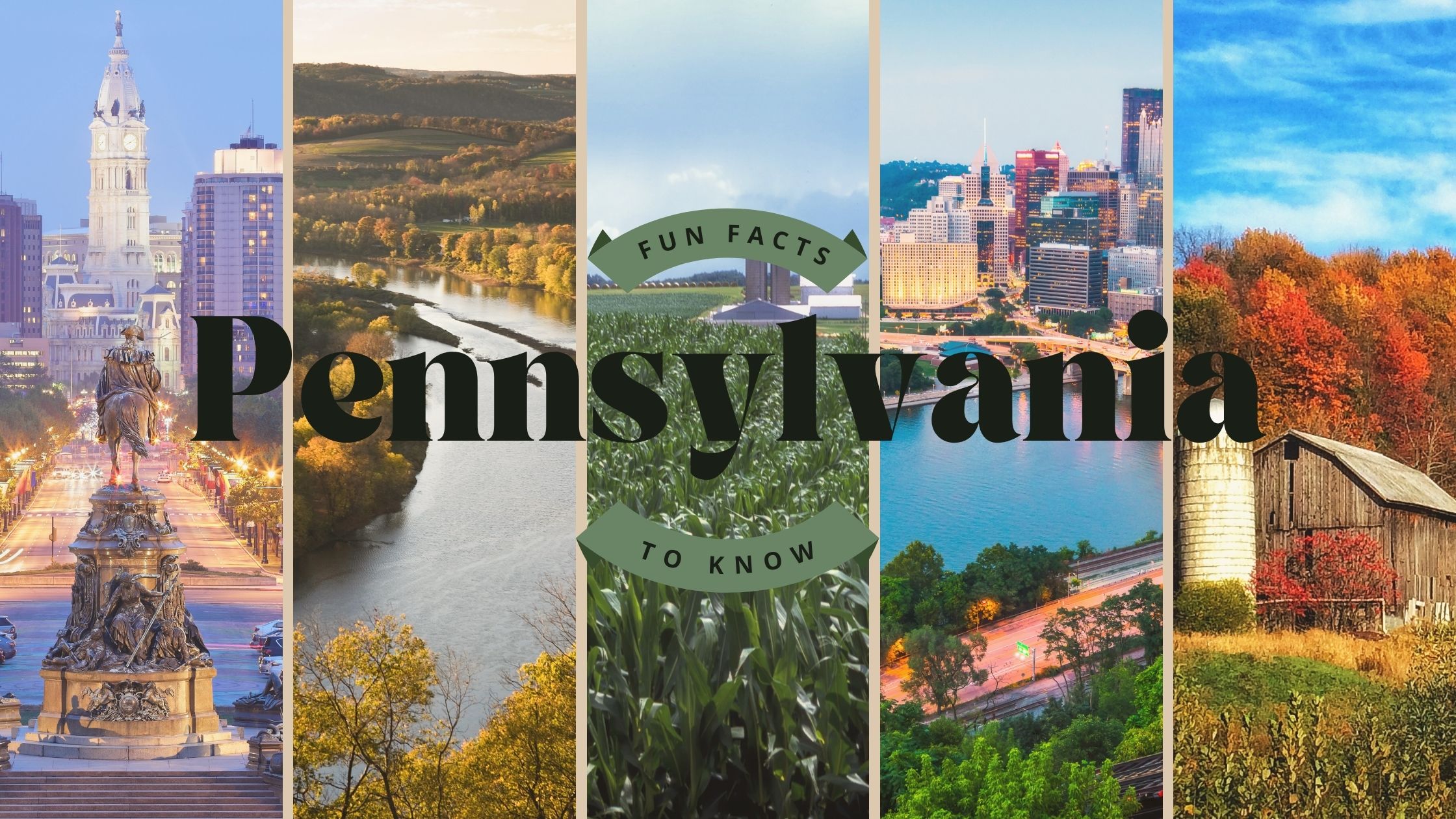It’s almost time to celebrate our winter holidays! The winter has been a time of festivities for millennia. People in the northern hemisphere wanted to observe the winter solstice while doing something enjoyable to make up for the cold weather.
But, strangely, it is not just Europeans and their offshoots celebrating this time of year. Festivities stretch across all inhabited continents, from Asia to the heart of Africa.
In this article we will look at five winter holidays and why they matter.
Christmas
Check out our free Christmas lesson plan and video!

For Westerners, Christmas is the quintessential and most celebrated holiday. The average American spends an average of $1,000 on Christmas celebrations, dwarfing any annual event. This day celebrates the birth of baby Jesus.
The popularity of Christmas emerges from its religious roots. Researchers believe the Romans introduced the festival in the 4th century. Officials chose December 25th because it (roughly) coincided with the winter solstice already celebrated throughout its European territories.
As the church became more powerful in the Middle Ages, Christmas became immensely important in society. Priests would organize the calendar around it and Easter.
People used to celebrate St. Nicholas’ Feast on December 6th to honor a priest from Asia Minor in the 4th century. However, its date and Christmas were so close together most traditions combined the two events into a single day. Furthermore, the Catholic church dropped St. Nicholas from the calendar in 1969 because of the dubious evidence for his purported miracles.
The United States depicted Santa Claus as an elf for much of the nineteenth and early twentieth centuries. Only when Coca-Cola portrayed him as a rosy-cheeked, rotund man in 1931 advertising did perceptions change.
Despite its cultural significance, Christmas didn’t become a federal holiday until 1870 in the U.S. As such, the modern conception of families coming together to celebrate the occasion in their homes wasn’t universal before this time.
Hanukkah
Check out our free Hanukkah lesson plan and video!

Hanukkah is another winter holiday celebrated in December (though on a different calendar system). This holiday is the primary Jewish celebration and runs for eight days.
Whereas Christmas remembers the birth of Christ, Hanukkah commemorates the re-dedication of the Second Temple of Jerusalem. Jews across the world light candles to mark the occasion.
Along with Christmas, scripture does not mention Hanukkah. However, it remains culturally popular and a time when the Jewish world comes together in celebration.
The Story Of Hanukkah
Hanukkah’s origins date back to the second century BC when a Greek king made it illegal for Jews to practice their religion in Judah (an area that overlaps with modern-day Israel). Instead, they had to worship Greek gods.
During this campaign, the king destroyed the Temple of Jerusalem and desecrated sacred symbols and altars. However, the Jews did not follow his command. Instead, they mounted a rebellion led by Judah the Maccabee, eventually defeating the Greek troops after a three-year battle.
Today, Hanukkah starts on the evening of December 18 and ends on December 26. Jews burn candles for eight days in remembrance of the destruction of the Temple of Jerusalem and the victory of the Jewish people over Greek aggression.
Kwanzaa
Check out our free Kwanzaa lesson plan and video!

Compared to these other traditions, Kwanzaa is a relative newcomer. Political activist Maulana Ron Karenga created the pan-African celebration in 1966 to bring the continent and Africans overseas together. The event revolves around seven principles found throughout the region, including unity, self-determination, purpose, faith, collective work and responsibility, cooperative economics, and creativity.
However, despite the official commencement of the holiday a little over fifty years ago, its roots go significantly deeper. The word “Kwanzaa” is a reference to the Swahili “matunda ya kwanza,” which is an ancient term that relates to the celebration of the first fruit of the season.
How To Celebrate Kwanzaa
People celebrate Kwanzaa by cooking delicious food and spending time with family. The festival runs from December 25th until 1st January, with each day revolving around one of the seven founding principles. Classic menu items include fried chicken, macaroni and cheese, and red velvet cheesecake.
Chinese New Year

Chinese New Year is the most solemn and celebrated festival in the Chinese calendar. It celebrates the arrival of the spring and new life after the winter. Celebrations fall on the new moon between January 21 and February 20 and continue for 15 days.
Chinese New Year is a family occasion. Individuals working in the city return home to rural areas to be with their parents, cousins, aunts, and uncles. Chinese people and diaspora prepare for the event by removing dirt, trash, and unwanted items from their homes. Decorations include red couplets, new flowerpots and furniture, and lanterns hung around and outside the house.
Like other festivals, food and drink are essential components of the celebrations. Family members sit around large tables and delight in numerous fish, pork, and chicken dishes.
At midnight, on New Year’s Eve, the Chinese set off firecrackers to usher in the New Year. The next day, friends and family arrive from across the country to wish each other good luck and exchange seasonal greetings.
Dongzhi Festival

The Dongzhi Festival is another Chinese celebration held during the winter solstice. Historically, wealthy nobles in the country considered it more important than New Year.
The literal translation of Dongzhi is “the arrival of winter.” People began celebrating it during the Han Dynasty between 206 BC and 220 AD. The actual date of the festival varies between December 21 and 23, depending on the year, but it is always close to the shortest day.
People in China celebrate the Dongzhi festival by worshiping heaven and ancestors – traditions that go back to ancient Chinese wisdom texts. The former involves traveling to Han dynasty temples, while the latter includes the burning of incense.
Naturally, food is also a critical component of these celebrations. Traditional dishes include dumplings and ginger rice with homemade rice wine. However, those in southern China eat preserved meats, a delicacy in Guangdong and Guangxi.
Whichever holidays you celebrate this winter, we wish you and yours a wonderful holiday season!







